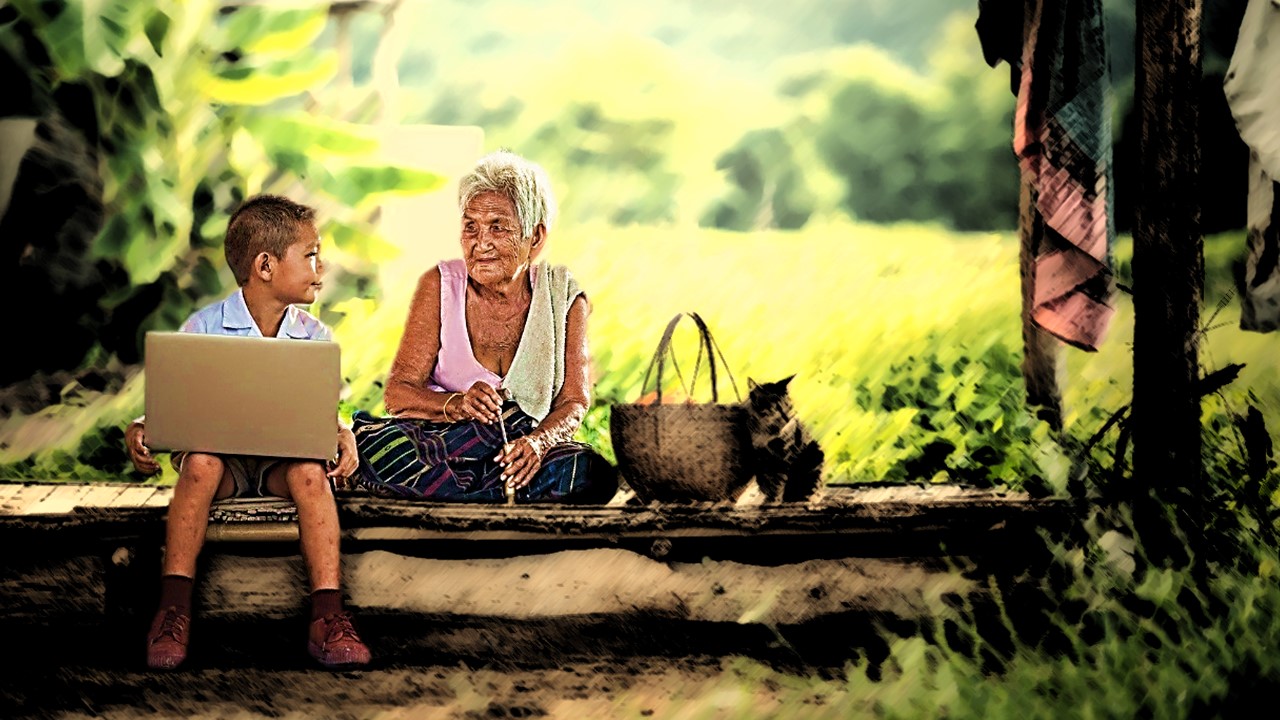Lessons from the evaluation of IFAD’s support to innovations for inclusive and sustainable smallholder agriculture - IOE
Innovations are key to improve the effectiveness of agri-food systems and better meet the rising demand for food worldwide. In particular, they are essential to achieve Sustainable Development Goal 2 targets. In this context, during 2019-2020, IFAD conducted a corporate-level evaluation (CLE) of innovations implemented between 2009 and 2019 – a challenging task no doubt, not least because of the varying definitions of innovation itself.
Defining innovation
The evaluation team defined innovation as: “A new way of acting – practice, approach/method, process, product, or rule – brought in or implemented for the first time, considering the context, time frame and stakeholders, with the purpose of improving performance and/or addressing challenge(s). In line with this, inclusive and sustainable innovations are agricultural innovations that are accessible to and suitable for a diversity of farmers (in terms of gender, socio-economic groups and geographical coverage), as well as economically, socially and environmentally suitable. They can be easily applied and replicated by various smallholder farmers, and contribute to overcome challenges they are facing.”
The definition stresses that stakeholders can benefit from the application of innovations aimed at enhancing the performance of agri-food systems.
Key lessons
The evaluation revealed the benefits of implementing innovations as a ‘bundle’. This approach refers to the packaging of innovations of different types, such as innovations in production, with new ways of organizing farmers and links to finance. Bundling innovations allows tackling the many challenges faced by smallholder farmers simultaneously. This affords innovation packages a transformative dimension, as they are able to lift poor farmers above the poverty threshold, and help ensure that they do not fall below it after a shock. Moreover, while a stand-alone innovation may work well, it may not be sufficient in the face of an important crisis (e.g. drought or price collapse).
Stemming from the above, although the evaluation found few successful examples of bundling, a key lesson is to choose innovations that can work in synergy with each other. Particularly in the case of the inclusion of women, youth or disadvantaged groups, fewer inputs can achieve better impacts when innovations are bundled with a combination of access to resources, capacity building and social measures.
By nature, innovation involves taking risks; risks which may not always lead to success. In the case of loan-supported projects, implementing partners favour risk-adverse innovations, avoiding genuinely novel solutions that entail a risk of failure. Against this backdrop, the evaluation highlighted the need to facilitate organizational culture shifts vis-à-vis innovation in order to support genuinely novel solutions with potential for failure. This may include specific funding to encourage innovative initiatives, as well as targeted capacity building for staff and rewards (financial or otherwise) to recognize innovation champions.
Effective knowledge management and sharing are critical to support processes of innovation promotion and their integration into national or regional innovation systems and programmes. Information should be specific, should focus on innovative results and lessons, and should be collected and shared in a consistent and systemic fashion.
Examples
One example of innovation is the Gender Action and Learning System (GALS), a community-led household methodology that aims to give women and men more control over their personal, household, community and organizational development. In Kyrgyzstan, this approach was bundled with the Business Action Learning for Innovation methodology, thus providing women with access to training and to funding.
Another example is the Society for Intensification of Agricultural Production (SIPA), introduced in Senegal with an IFAD-supported project in the early 2000s. SIPAs are small and medium rural enterprises specialized in modern and intensive agricultural production for commercial purposes. Each SIPA builds human and social capital for intensive agricultural production on an area of approximately 40-50 ha. Between 100 and 150 people benefit on average. The project supports initial investments, which government subventions and institutional support complement, including by guaranteeing access to credit. The approach guarantees market access by securing upstream purchasing contracts with private companies.
The evaluation approach
The evaluation was non-experimental, and included quantitative and qualitative approaches. The CLE team analysed 508 loan projects and 240 large grants, and undertook case studies in 20 countries. The team applied a systems approach and developed an analytical grid, based on the agri-food system components. The grid includes 4 components or macro domains, and the following 12 sub-components or specific domains: Agricultural Production & Value chain pillars (Processing, Marketing and Consumption), Socio-economic pillars (Human, Social and Economic Capital), Natural Pillars (Natural Resources Management, Environment and Climate Change) and Governance Pillars (Policy, Regulation, Policy Implementation Procedures and Approaches).


